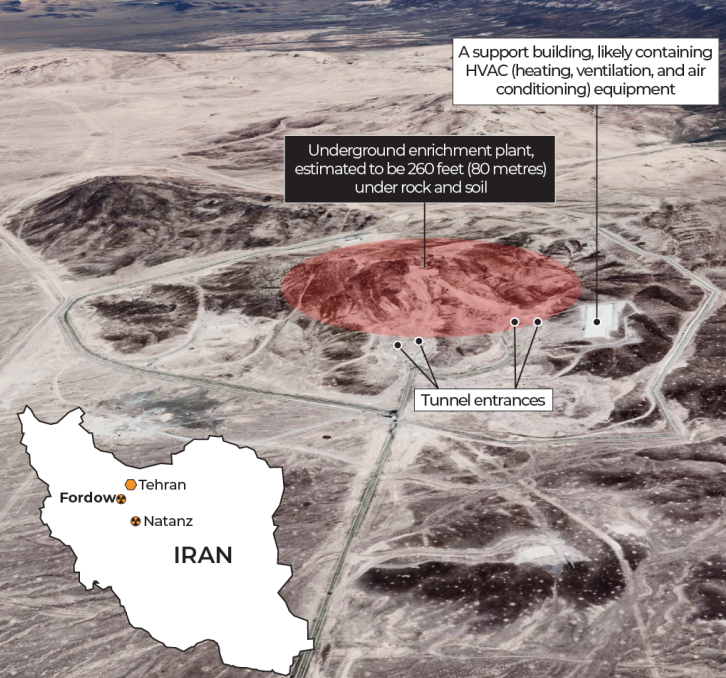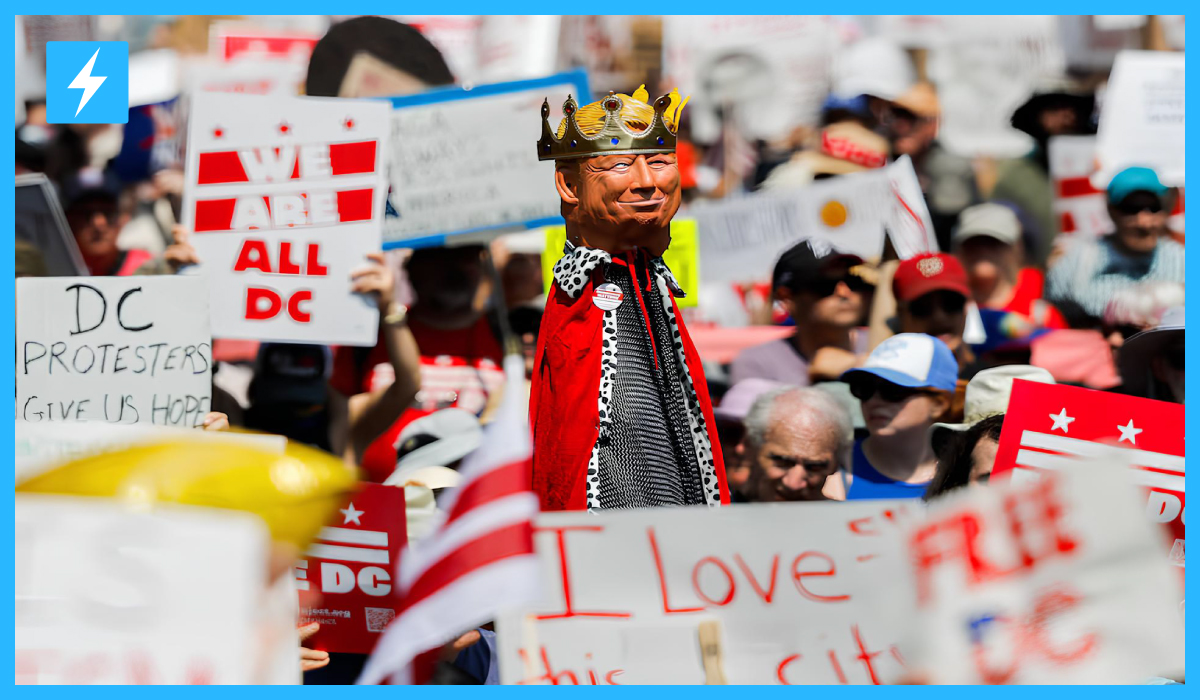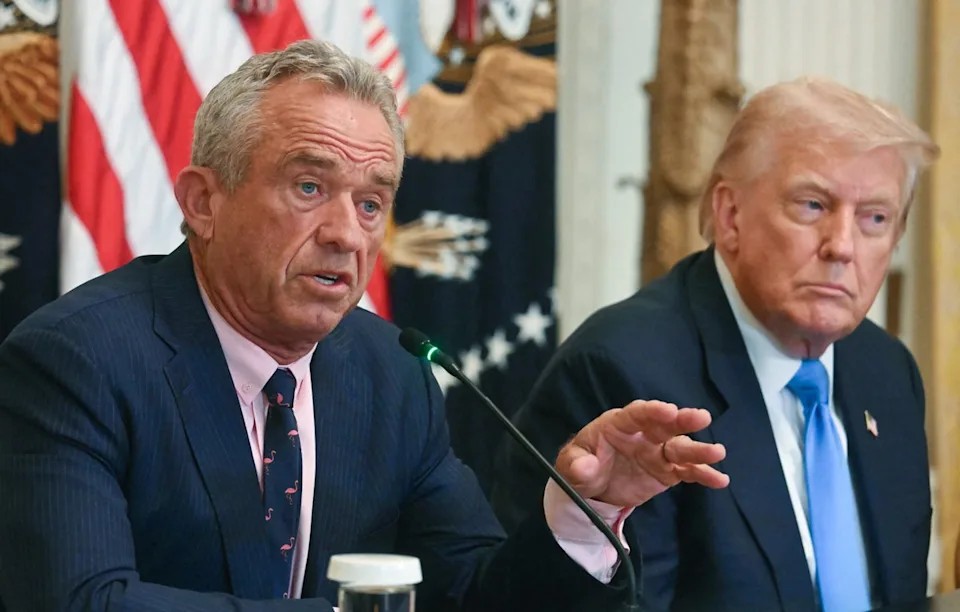Introduction: US Strikes on Iran Ignite Global Tensions
The recent US strikes on Iran have dramatically escalated tensions in the Middle East, raising fears of a wider regional conflict. These attacks, conducted in coordination with Israel, targeted key Iranian nuclear facilities at Fordow, Natanz, and Isfahan, drawing fierce condemnation from Tehran and sparking international debate over the legality and consequences of such military action.
In this in-depth analysis, we examine:
- Iran’s immediate response and threats of retaliation
- Global reactions from nations and international organizations
- The military and strategic impact of the strikes
- Potential scenarios for escalation or de-escalation
- The future of US-Iran relations and Middle East stability
Iran’s Fury: Diplomacy Betrayed, Consequences Promised
Following the US strikes on Iran, Iranian officials have issued scathing condemnations, framing the attack as a “blatant violation of international law” and a betrayal of diplomatic efforts.
Key Statements from Iranian Leadership
- Foreign Minister Abbas Araghchi: Warned of “everlasting consequences” and accused the US of sabotaging peaceful negotiations.
- Supreme Leader Adviser Ali Akbar Velayati: Called the attack “an act of war” and asserted Iran’s right to retaliate.
- State Media: Iranian TV anchors declared “all US military personnel legitimate targets,” signaling a potential shift toward asymmetric warfare.
Will Iran Escalate or Exercise Restraint?
Experts are divided on Iran’s next move:
- Marwan Bishara (Al Jazeera Analyst): Argues that Tehran should avoid opening two fronts (against both the US and Israel) and instead focus on political and economic resistance.
- Jean-Marc Rickli (Security Expert): Suggests Iran may use proxy forces, naval drones, or limited missile strikes to retaliate without triggering a full-scale war.
Global Reactions: Condemnation, Warnings, and Calls for Restraint
The US strikes on Iran have drawn mixed responses worldwide, with some nations condemning the attack while others express cautious support.
1. Muslim-Majority Nations Unite in Outrage
- Pakistan: Despite recently nominating Trump for a Nobel Peace Prize, Islamabad condemned the strikes as “illegal and destabilizing.”
- OIC (Organization of Islamic Cooperation): Held an emergency meeting, denouncing the “Israeli-led aggression” and calling for UN intervention.
- Turkey & Qatar: Urged de-escalation, warning of catastrophic regional fallout.
2. Western Nations Divided
- European Union: Expressed “deep concern” but stopped short of outright condemnation, instead calling for renewed diplomacy.
- UK & France: Adopted a cautious stance, emphasizing the need to “prevent nuclear proliferation.”
- Russia & China: Strongly condemned the US, accusing Washington of “reckless militarism.”
3. United Nations Under Pressure to Act
Iran has demanded an emergency UN Security Council session, while the OIC seeks international sanctions against Israel and the US. However, with the US holding veto power, decisive UN action appears unlikely.
Military Analysis: How Effective Were the US Strikes
Targets Hit: Fordow, Natanz, and Isfahan
The US strikes on Iran focused on three critical nuclear sites:
- Fordow Underground Facility (Enrichment plant)
- Natanz Uranium Enrichment Complex
- Isfahan Nuclear Technology Center
Assessing the Damage
- US Claims: Defense officials initially stated the strikes “obliterated” Iran’s nuclear program.
- Reality Check: Experts like Lawrence Korb (Former Pentagon Official) caution that “significant damage does not mean complete destruction.”
- Iran’s uranium enrichment levels may have dropped from 60% to 20-30%, but recovery could take months, not years.
- Underground facilities like Fordow are hardened against bunker-buster bombs, meaning some infrastructure likely survived.
Iran’s Retaliation Options
If Tehran chooses to respond, possible actions include:
✔ Ballistic Missile Strikes on US bases in Iraq, Syria, or UAE
✔ Naval Attacks in the Strait of Hormuz (disrupting global oil supply)
✔ Proxy Warfare via Hezbollah, Houthis, or Iraqi militias
✔ Cyberattacks on US infrastructure
What’s Next? Three Possible Scenarios
1. Escalation into Full-Scale War (Worst-Case)
- Iran launches large-scale missile strikes on Israel or US forces.
- US/Israel retaliate with additional airstrikes, potentially targeting Iranian leadership.
- Hezbollah & Houthis open new fronts, dragging Lebanon and Yemen into conflict.
2. Contained Conflict (Most Likely)
- Iran responds with limited strikes (e.g., hitting a US base in Iraq).
- US retaliates proportionally, avoiding regime-change escalation.
- Behind-the-scenes diplomatic talks resume after a cooling-off period.
3. De-Escalation via Diplomacy (Best-Case)
- Iran absorbs the blow without major retaliation.
- US offers sanctions relief in exchange for nuclear concessions.
- UN-mediated talks lead to a renewed nuclear deal.
Conclusion: Will Diplomacy Prevail or Is War Inevitable?
The US strikes on Iran have pushed the Middle East to the brink of a major conflict. While Tehran has vowed revenge, its leadership must weigh the risks of all-out war against regime survival. Meanwhile, global powers scramble to prevent further escalation.
Key Takeaways:
🔴 The strikes damaged but did not destroy Iran’s nuclear program.
🔴 Iran’s response will determine whether this crisis spirals into war or fizzles into negotiations.
🔴 The UN, EU, and regional players (like China and Turkey) could play a crucial mediating role.
As tensions remain at a boiling point, the world watches anxiously—hoping for diplomacy but bracing for conflict.





One thought on “US Strikes on Iran: A Comprehensive Analysis of the Escalating Crisis”